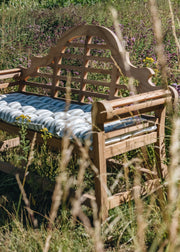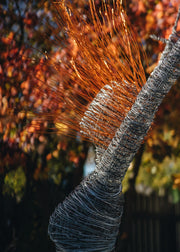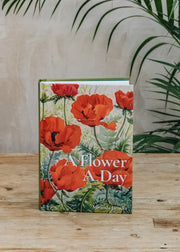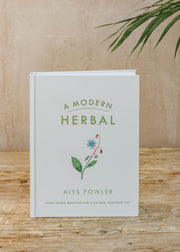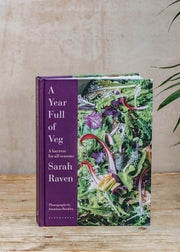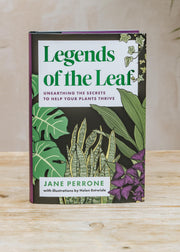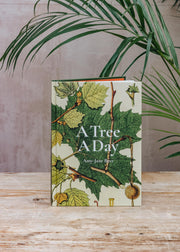In Review: Witch’s Forest and Witch’s Garden
At the RHS Chelsea Flower Show this year, one of the show gardens, The Pulp Friction - Growing Skills Garden showcases plants that have a secondary usable function outside their appearance- whether medicinal, edible or beneficial to wildlife. Two new books from Royal Botanic Gardens, Kew, share this focus, detailing trees and plants that have been used in traditional remedies or referenced in myths and fables over the years.
Using colour illustrations from the archives held at Royal Botanic Gardens, Kew, author Sandra Lawrence takes us on a journey of discovery, explaining that our ancestors have always looked to plants to help us in matters of health, wealth, love and success. This book not only provides the historic references and medicinal uses for plants but also the superstitions and beliefs that have been attached to them over many years, illustrating how the line between science and magic has always been blurred. Stories abound, from how a rosemary snuff box would cure the plague, or that yarrow eaten at a wedding would guarantee the couple stay together for at least seven years, that a marigold flower head rubbed on a wasp sting would reduce the swelling, to a nineteenth century innkeeper sprinkling ginger on the bar for travellers to warm up after their journey. Folklore and superstitions do not often disappear completely, but they can alter over time, with fundamental plant attributes now used in alternative ways, or with different cultures holding opposing views about a plant. Learning about these parallels and contradictions is one of the joys of Witch’s Garden, a book not so much about witchcraft, but about the passage of plant lore and traditional medicine over time.
In the same format as Witch’s Garden, the focus moves from plants to trees, covering 50 of the world’s most majestic trees and the stories that swirl around the planet’s tallest living things. With the sheer weight of stories, legends, recipes, spells and histories written and spoken about trees, Sandra points out ‘I cannot hope to capture anything but the tiniest crumb from the folktale banquet surrounding woods and forests, and the trees that grow in them. I can only humbly suggest that this book may act as a springboard to a lifetime of exploration.’ Did you know that walnut trees should never be felled but dug up, because the best wood, used in fine furniture, is found at its base, or, that quicker to regenerate than other trees after a bush fire, theories abound that eucalyptus may have evolved its oil to encourage fire, in order to clear the forest floor of competitors? Fascinating and informative, Witch’s Forest shares the secrets and traditional tales of the forest floor, reminding us of the primeval importance of trees in our psyche.
‘The forest is one of the world’s most ancient sacred sites, equal in age only to the rivers that flow through it and the mountains it cloaks. Nearly every culture has its own version of the scared grove, and somehow, even in our deforested, concrete modern world, we all retain its image, buried in folklore, half memory and perhaps even our souls’
Sandra Lawrence






